CBD, THC and other Cannabinoids
The interesting world of cannabinoids is still under investigation by science. What is the effect of these different substances and what are their applications? The substance THC (tetrahydrocannabinol) has been intensively researched for some time now and is now well known to the public. Her sister CBD (cannabidiol) has also received a lot of attention for quite some time now.
In fact, humans have been working with these chemicals for centuries, using them as a therapeutic remedy for all kinds of ailments, both physical and mental. The cannabis plant has a very interesting profile of active substances and that has long been clear to man. Yet for a very long time people did not know how this plant could exert its beneficial effects.
As science evolved, it became possible to look deeper and solve certain riddles bit by bit. When Dr. Mechoulam started his research and chose the cannabis plant as the subject, this was controversial. At that time he started a scientific revolution in the research of this plant, as it were. Dr. Mechoulam is perhaps best known for his work in the isolation and synthesis of THC. Partly thanks to his findings, this substance has gained the status of a recognized medicine in many countries and is used in matters such as pain, nausea, vomiting, fears, appetite and so on. Although, as mentioned before, cannabis has been used by humans for a very long time and has had the status of beneficial medicine for thousands of years, it was not common for a scientist to focus on this, in those days, dangerous subject. The anti-drug campaign was on and cannabis was in a bad daylight. As Dr Mechoulam said at a conference in 2019: "A long time ago, in ancient Syria, cannabis was used for just about all the things people use cannabis for today. For the next few thousand years, cannabis was still used intensively. Even Dr Russell Reynolds, Queen Victoria's personal doctor from England, had cannabis imported from India (the European variant was not good enough for him) because she suffered from migraines. He didn't write this in a paper, but it was obvious that he had this cannabis coming for the queen, because she was the only patient he had".
When it became clear that THC (for the most part) is the substance that gives cannabis its psychoactive effect and has many therapeutic possibilities, doors opened for the medical world. However, it didn't stop at THC. In addition to these cannabinoids, there are about 113 other cannabinoids present in the cannabis plant, which are certainly worth investigating. More is already known about some of them, such as CBD.
Meanwhile it is known that cannabidiol can support the body in different ways and is very versatile. CBD oil has become an indispensable ingredient in health stores and smartshops. Also in the coffeeshop you'll usually find an assortment of CBD weed, because here too it has become clear that CBD can have a beneficial effect. Even if you don't get stoned or high, a pure CBD joint or session with your vaporizer gives (even better) several positive effects.
Why do you use CBD?
Whether you grow your own CBD cannabis plant, use CBD oil, make a nice tea from hemp leaves, or regularly apply a CBD skin ointment to your skin, the fact is that this substance can have benefits for you and the people around you in different ways. There are innumerable experience stories on the internet from people who have been able to improve their quality of life thanks to CBD. Reducing side effects of medication, supporting a healthy sleeping pattern, breaking stress symptoms and with anxiety and depression are some examples. Still some stigma lingers around the product, people don't always know what to think about it and whether you really don't get stoned or high from it (no, you really don't get stoned or high from it), whether it can't be addictive and whether you can safely dose it.
When I once gave CBD oil to a family member, he was initially skeptical and insecure. "Try it, start with a few drops under the tongue, morning and evening," I told him. I told him I started the same way, with exactly the same oil I gave him now, Jacob Hooy's CBD oil 2.75%. As full spectrum CBD Oil I found it very suitable for my uncle, who suffered from panic attacks and slept badly. This low percentage of CBD is always a good start and can later be increased with an oil with a higher CBD percentage. Full spectrum CBD oil is an oil in which the other substances from the plant are still present, such as chlorophyll. Moreover, the oil is not a pure and exclusive CBD extracted product, but also contains other cannabinoids (no THC, of course). In this way the oil contains a 'full spectrum' of the plant. In this way these different substances can work together in the body and provide an overall amplified effect. At first my uncle was a bit hesitant to try this dark coloured oil. When I spoke to him later and he told me that in the beginning he felt he was 'taking drugs' and 'under the influence' of the oil, I assured him that he was really imagining it. Later his feeling changed and he started to read and learn more about the cannabis plant and the substance he'd been taking every day for some time now, cannabidiol. He noticed how he was indeed much calmer in his head, but on a very subtle level. Later I spoke to him again and was surprised by the knowledge he had gained about cannabinoids. He could even tell me how the endocannabinoid system works. In the meantime he had already tried several CBD oils and had found his favorite species, which was supplemented with a special profile of terpenes. Terpenes are aromatic substances, which are present in plants (and a few animal species, including a certain butterfly) and give them their specific aromas. Think for example of pine, mint, lemon and lavender. These aromas themselves also have specific properties, which are used in aromatherapy, among other things. Experiment with fragrances and what they can do for you! I myself often use an essential oil based on lavender, which helps me to relax more in the evening. Fragrances can have a strong influence on our state of mind, think for example of incense.
Research on other cannabinoids
The cannabis plant contains a lot more cannabinoids than just THC and CBD. These other substances are for the most part in an as yet unknown area to science. Fortunately, cannabis research is being taken more and more seriously and we face a future in which the unique effects of other cannabinoids and their applications can be harnessed to help people make their bodies and minds healthier.
As Dr. Mechoulam said: "Man contains a whole system, and many components that play a role in our body. Currently, most people are interested in cannabidiol and THC. It could well be the same as with CBD. Cannabidiol had to wait about 30 years before it saw its breakthrough. Within 15 years we might as well be just as excited about other cannabinoids and their unique effects".
When research on cannabis began, emphasis was placed on its potentially harmful side effects. The many studies that have been conducted on this subject have shown that cannabis is a very safe product. The endocannabinoid system was discovered this way. This discovery provided a new perspective on health and more in-depth knowledge about our own bodies.
The discovery of the endocannabinoid system
This discovery has been very important for our knowledge of the human body. When in 1988 the American researcher Allyn Howlett discovered the CB1 receptors present in the human body, a new door opened. Almost literally: the key that could open this imaginary door in our body was a substance that did not come from the body itself, but fitted the lock! In other words: our body absorbs substances via receptors and recognizes them as substances specific to the body. It has been known for a long time that bodily substances such as hormones, neurotransmitters and cytokines can trigger certain reactions in the body, because the body absorbs these substances and lets them do their work. Now it became clear that substances from outside the body, such as THC, are also able to bind to these specific receptors in our body that are intended for cannabinoids. These receptors are all over our body and there are many of them. In fact, our body contains more receptors for cannabinoids than for any other substance. This is to make it clear that, with the current knowledge we have, the relationship between Cannabis and humans is one that we can take seriously!
Did you enjoy reading this article and do you like to write yourself? We are always looking for people who share our passion for natural products, who can also translate this into great texts. And we have an interesting reward for this. View all information for writers.
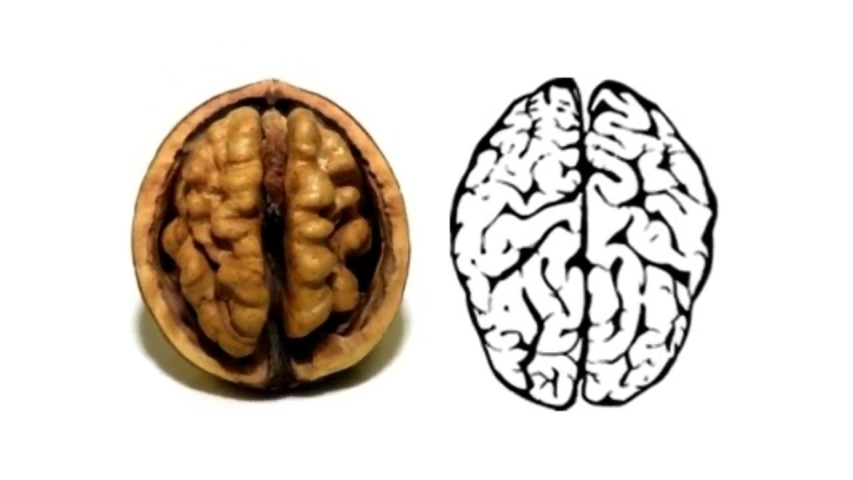 Blog Microdosing
Psilocybin and Lion's Mane: Healthy brain
The flow of thoughts and feelings that can flood us every day needs direction. There are different ways in which you can work on the way your brai [..]
07-09-2022
9 minutes
Blog Microdosing
Psilocybin and Lion's Mane: Healthy brain
The flow of thoughts and feelings that can flood us every day needs direction. There are different ways in which you can work on the way your brai [..]
07-09-2022
9 minutes
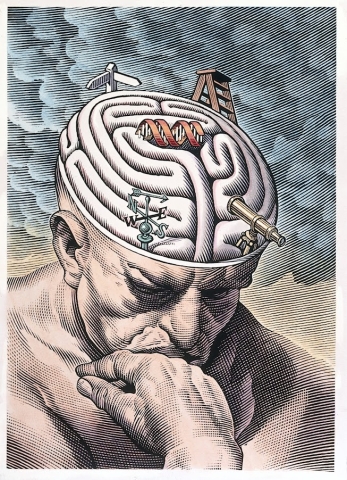 Blog Smart Products
Caffeine and other natural nootropics: have you tried these smartdrugs yet?
Caffeine is the smartdrug of choice for most of us. Your first sip of coffee in the morning and the day can start off right. Full of energy, or m [..]
17-06-2020
7 minutes
Blog Smart Products
Caffeine and other natural nootropics: have you tried these smartdrugs yet?
Caffeine is the smartdrug of choice for most of us. Your first sip of coffee in the morning and the day can start off right. Full of energy, or m [..]
17-06-2020
7 minutes
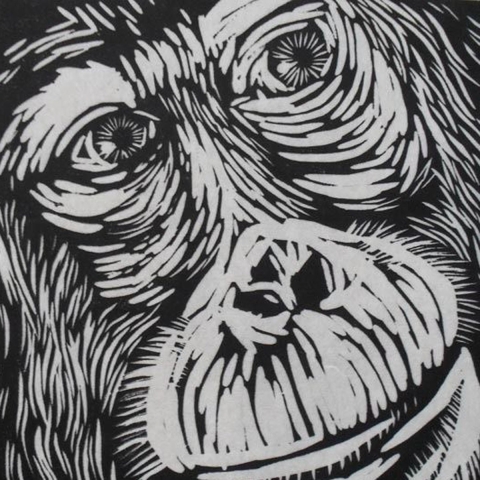 Blog Magic Mushrooms
The Stoned Ape Theory
Whether you think it's an insult, or a compliment: you look like a monkey anyway. About 5 to 7 million years ago there was an evolutionary separat [..]
Blog Magic Mushrooms
The Stoned Ape Theory
Whether you think it's an insult, or a compliment: you look like a monkey anyway. About 5 to 7 million years ago there was an evolutionary separat [..]









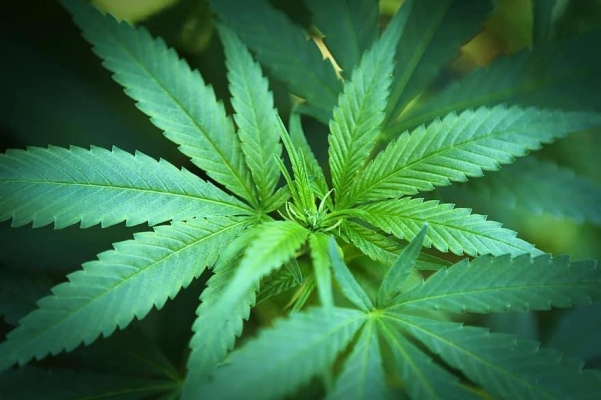

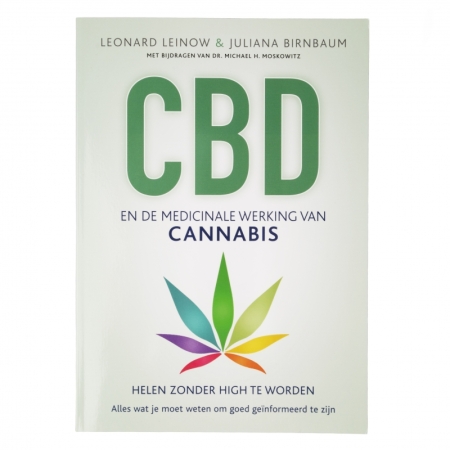
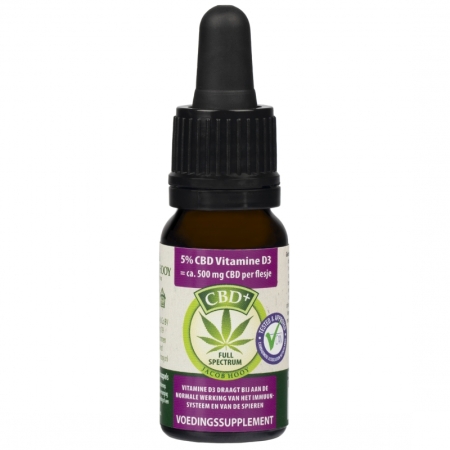
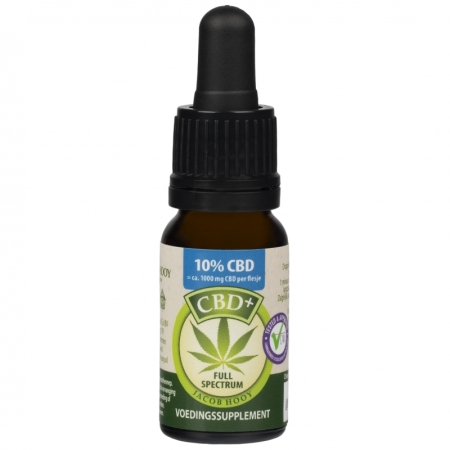
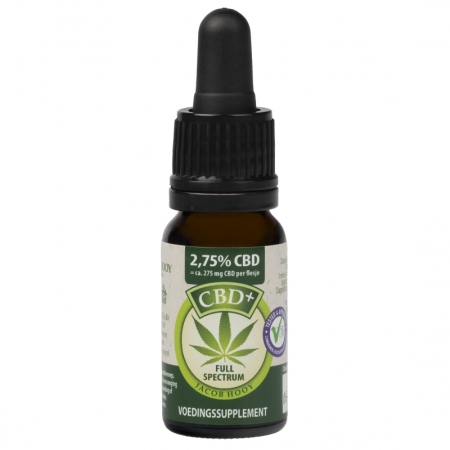


 Nederlands
Nederlands Italiano
Italiano Deutsch
Deutsch Français
Français Português
Português Español
Español Polski
Polski